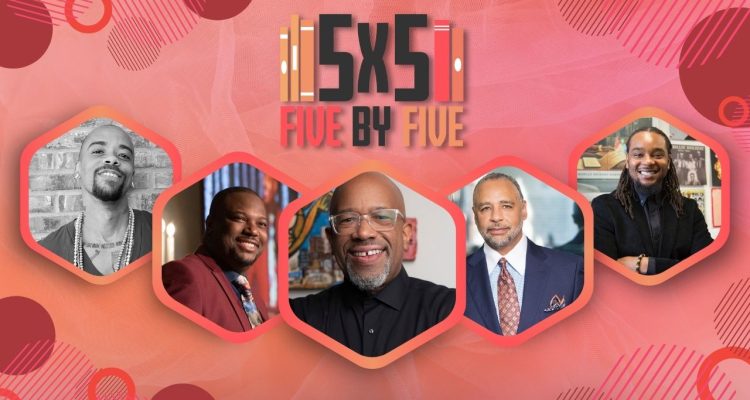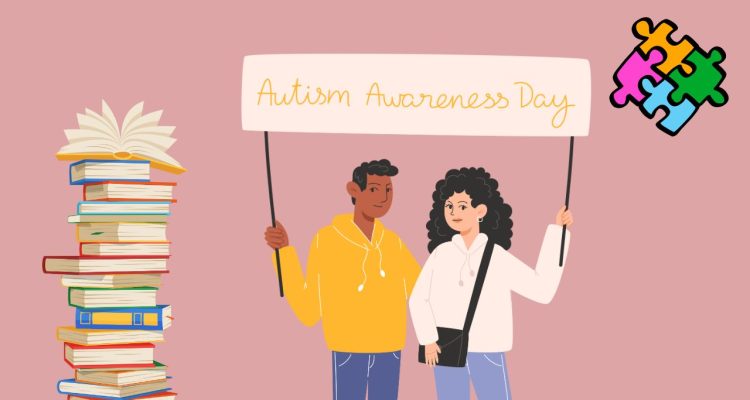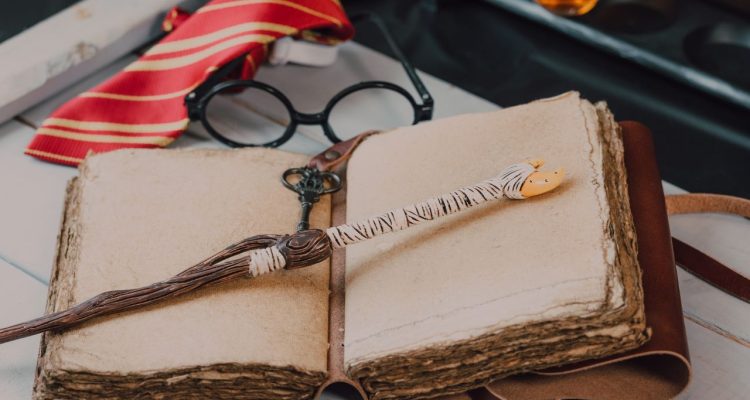Before the 19th amendment, a member of congress first proposed women’s suffrage in 1898. In spite of misogynistic views at the time, the goal was to amend the constitution. The idea only allowed women the right to vote and nothing else. However, the senate argued for more than four years over what eventually became known as the Susan B. Anthony amendment. Finally, the many women who spent a majority of their life protesting felt heard. Later, congress ratified this amendment again in 1920 for more women’s rights. In review, there were certain women and events that led to equal rights.
Start of a movement
At the beginning, on July 20th,1848 advocates of women’s rights met at Seneca Falls, New York. This convention created the declaration of sentiments to extend the right to vote to women. In fact, the leader, Elizabeth Cady Stanton, invented the agenda of women’s rights that led into the 20th century. Notably, the Seneca Falls and the Origins of the Women’s Rights Movement book talks about the process. Within the book, it also explains the total events of those two days and the group of women and men who made history. Then it goes into further detail about Stanton’s role in the Seneca Falls convention.

In December, 1866 the senate defeated the D.C. proposal, a suffrage proposal argued over the District of Columbia bill. Then, senator Edgar Cowan introduced a law to help end women’s suffrage. Unfortunately, his proposal lost by a vote of 9 against 37 by the senate. For more information, Constitutional Orphan describes the role of society and expectations around gender. Under those circumstances, the amendment also focused on race and class. For this reason, this book defined the norms of women’s rights and the other issues some women faced.

Protests lead to change
Afterwards, on January 9th, 1882 the senate formed a women’s suffrage committee. Not only did George Hoar establish a specific committee for women’s suffrage, but he provided a resolution to the issue. The book We Demand The Right To Vote: The Journey to the 19th Amendment mentions specific protests, trials, and groups who paved the way to freedom. Given that the women’s suffrage committee was working side by side with these women, this book also quotes some of the most famous leaders who sparked real change. Plus, while this group continued to meet this book gives an overview of how the nation as a whole viewed it.

The first president to address these issues was President Woodrow Wilson. During the year of 1918, President Wilson became a suffragist who believed in passing the nineteenth amendment. Due to this, he urged the senate to pass the Susan B. Anthony law. His influence eventually helped persuade the House of Representatives to approve it. Without his power, it would have been hard to gain enough support to guarantee women the right to vote. After the House of Representatives support in January 1918, only a year later the law came into place with the idea that more rights were to come.
Congress passes the 19th amendment
Although the amendment passed, it needed to be amended because the right to vote wasn’t guaranteed to all women. In spite of the 19th amendment, some states put up a fight against it arguing that men were superior to women. Even though it was a federal law, certain states wanted to exclude African-American women. However, their rights were also guaranteed under the fifteenth amendment as well. Thus, every women has the right to vote. Following this, on August 6th, 1965 the senate approved the voting rights act which follows and elaborates on women’s rights to vote.
Finally, the nineteenth amendment struck change for women and started what became the beginning of a revolution for many years to come. Altogether, the process of getting the senate to approve was long and strenuous. Overall, women finally earned the right, including women of color, and women of lower economic backgrounds. However, this was just the beginning of women’s rights as more freedoms were added to the constitution to serve women’s choices, opinions, and beliefs. In conclusion, without the nineteenth amendment, women would still face inequality and lack the freedom to make their own choices. We look up to leaders like Susan B. Anthony and Elizabeth Cady Stanton who fought for justice.
For more on influential women, read our article 7 Must-Read Books by Women Entrepreneurs.

















